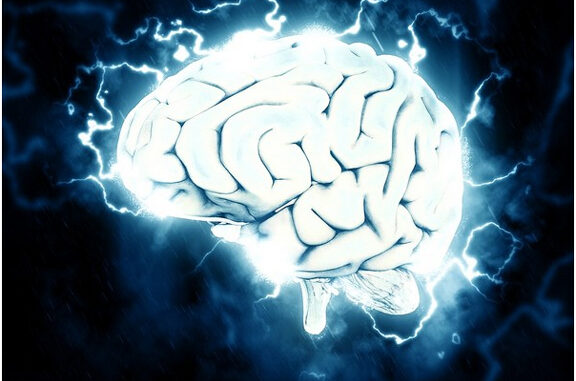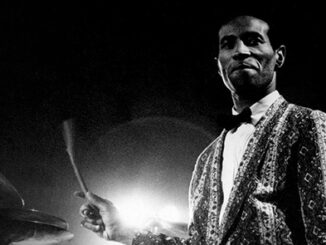
A neuroscience study where participants were asked to identify U.S. presidents has found that to recognize a famous voice, human brains use the same center that lights up when the speaker’s face is presented. The new study, published last week in the Journal of Neurophysiology, suggests that voice and face recognition are linked even more intimately than previously thought. It offers an intriguing possibility that visual and auditory information relevant to identifying someone feeds into a common brain centre, allowing for more robust, well-rounded recognition by integrating separate modes of sensation.
“From behavioral research, we know that people can identify a familiar voice faster and more accurately when they can associate it with the speaker’s face, but we never had a good explanation of why that happens,” said senior author Taylor Abel, M.D., associate professor of neurological surgery at the University of Pittsburgh School of Medicine.
“In the visual cortex, specifically in the part that typically processes faces, we also see electrical activity in response to famous people’s voices, highlighting how deeply the two systems are interlinked.” Even though the interplay between the auditory and the visual brain processing systems has been widely acknowledged and investigated by various teams of neuroscientists all over the world, those systems were traditionally thought to be structurally and spatially distinct.
Until recently, few studies attempted to directly measure activity from the brain centre—the primary role of which is to consolidate and process visual information—to determine whether this centre is also engaged when participants are exposed to famous voice stimuli.
Researchers at Pitt had a unique opportunity to study that interaction in patients with epilepsy who, as part of their medical care, were temporarily implanted with electrodes measuring brain activity to determine the source of their seizures.
Source: ANI





Be the first to comment